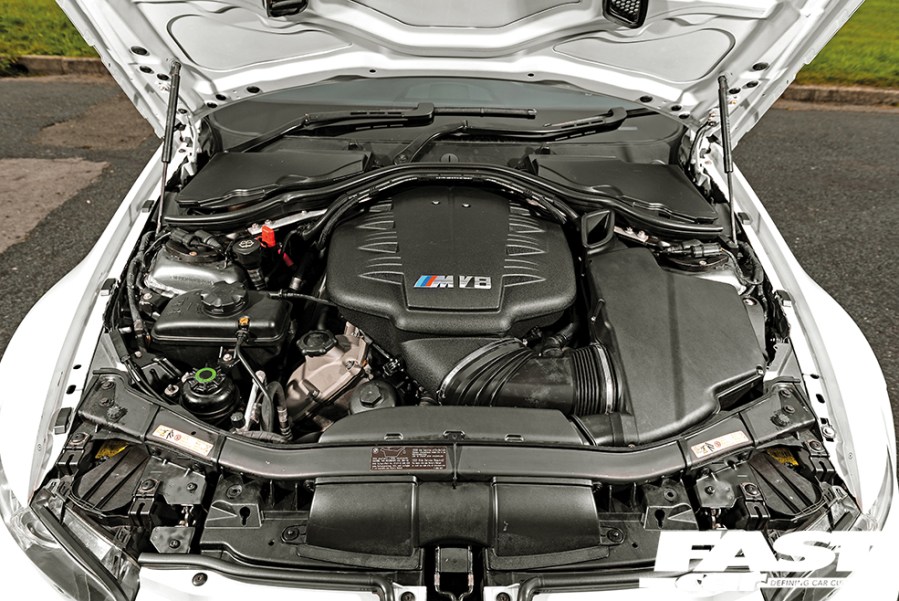Discovering the Development of Burning Engines in Modern Transportation Solutions
As we navigate the landscape of modern-day transportation, the development of combustion engines stands as a testimony to human resourcefulness and engineering prowess. The interaction of history, modern technology, and environmental issues in forming the trajectory of combustion engines develops a narrative that is both compelling and informative.
Early Beginnings of Combustion Engines
How did the concept of combustion engines initial emerge in the very early phases of transport growth? The roots of burning engines can be mapped back to the 17th century when the principles of inner combustion were very first explored.
The innovation minute featured the development of the initial effective gasoline-powered engine by Karl Benz in 1885 - bmw engine. This engine led the way for the growth of the contemporary automobile, reinventing transport systems worldwide. Succeeding advancements by Nikolaus Otto and Gottlieb Daimler better fine-tuned combustion engine innovation, resulting in the mass manufacturing of automobiles and the quick growth of the transportation market
These very early burning engines were defined by their simplicity and effectiveness, laying the structure for the complex and effective engines utilized in modern-day transport systems. The development of combustion engines has actually contributed fit the way we travel and move goods, noting a considerable landmark in the history of transportation growth.
Transition to Internal Burning Innovation
The shift to inner combustion technology noted an essential shift in the development of transport systems. This shift started in the late 19th century, with creators like Nikolaus Otto and Gottlieb Daimler establishing the very first successful interior burning engines. These engines reinvented transportation by offering a much more powerful and reliable alternative to vapor engines and electrical motors.
One of the key benefits of inner burning engines was their capability to be reduced to match lorries, leading to the growth of automobiles and motorcycles. This shift from cumbersome, stationary engines to compact, mobile ones led the way for the modern transportation systems we see today.
The change to inner burning modern technology additionally stimulated advancements in fuel modern technology, bring about the advancement of fuel and diesel as primary gas sources for automobiles. This change not only made transport much more available to the masses yet additionally laid the foundation for the oil and gas market to become essential to global economic climates.
Influence of Combustion Engines on Transport
The fostering of combustion engines in transportation systems militarized an extensive shift in the effectiveness and rate of global mobility. Burning engines revolutionized transportation by supplying a reputable and versatile source of power for different automobiles, including cars, planes, vehicles, and ships. This technology substantially enhanced the capability for products and individuals to relocate over long ranges in shorter period, resulting in raised connection in between areas and countries.
Furthermore, the extensive use combustion engines has actually had a substantial effect on financial development. The capability to move items effectively has actually stimulated trade and business, permitting organizations to broaden their markets and reach customers worldwide. This has helped with economic growth and globalization, as products can currently be transported faster and in bigger amounts than in the past.
However, the environmental influence of burning engines can not be overlooked. The combustion of nonrenewable fuel sources has actually brought about air contamination and greenhouse gas exhausts, adding to environment adjustment and posturing wellness threats to populaces. bmw engine. Consequently, there is an expanding emphasis on creating alternate propulsion modern technologies to alleviate these unfavorable results and produce a much more sustainable future for transport
Innovations in Burning Engine Style
One remarkable innovation is the growth of turbocharged engines, which make use of exhaust gases to drive a wind turbine that compresses inbound air, allowing for more fuel to be burned, resulting in increased power output without a substantial increase in engine dimension. Variable valve timing systems have also revolutionized engine layout by maximizing airflow at different engine speeds, boosting both power and effectiveness. These innovations jointly contribute to the continuous renovation of burning engines in modern-day transport systems.
Future Patterns in Combustion Engine Advancement
With innovation innovations driving continuous technology, the future of burning engine growth is positioned to reinvent transport systems useful link globally. One of the essential trends in burning engine development is the press towards higher performance and minimized emissions.
One more browse around here noticeable fad is the adoption of hybrid innovations in burning engines. Hybrid engines combine conventional combustion innovation with electric power, using improved fuel performance and reduced emissions. As the vehicle industry shifts towards electrification, crossbreed combustion engines are seen as a transitional option that links the space between standard lorries and fully electrical ones.
Furthermore, the assimilation of smart innovations, such as expert system and data analytics, is anticipated to play a considerable duty in the future of burning engine growth. These modern technologies can maximize engine efficiency in real-time, causing a lot more reliable combustion procedures and boosted overall vehicle efficiency. Welcoming these future trends will not just drive advancement in burning engine growth but also contribute to a more lasting and eco-friendly transportation ecological community.

Final Thought
In conclusion, the evolution of combustion engines in modern transport systems has been noted by substantial improvements in modern technology and view it now design. From the very early starts of burning engines to the transition to internal burning technology, these engines have had an extensive effect on transport.
The origins of burning engines can be mapped back to the 17th century when the principles of inner combustion were very first discovered. These engines reinvented transportation by supplying a more effective and effective option to vapor engines and electrical motors.
